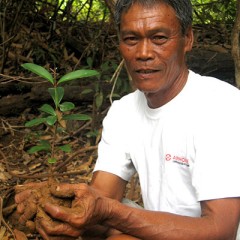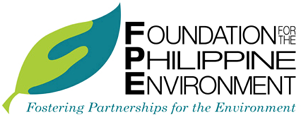Biodiversity Conservation Strategies
Taking a Stand: Strategies for Biodiversity Conservation

The growth in awareness about the serious and immediate dangers that threaten the Philippines’s abundant natural treasures is serving as the perfect compliment to the recognition and acclaim that this precious biodiversity has been receiving from within and outside the country. In light of this growing concern, the conservation agenda is being reflected more and more in local and national-level decision-making.
The growth in awareness about the serious and immediate dangers that threaten the Philippines’s abundant natural treasures is serving as the perfect compliment to the recognition and acclaim that this precious biodiversity has been receiving from within and outside the country. In light of this growing concern, the conservation agenda is being reflected more and more in local and national-level decision-making.
To date, Philippine biodiversity conservation efforts have been based on globally established frameworks and concepts, such as the IUCN Red List of Threatened Species, biodiversity hotspots, centers of plant diversity, priority marine areas, and endemic bird and mammal areas. In a nutshell, high biodiversity areas are prioritized for management and conservation measures. These areas are selected based on the following criteria:
- Distinctiveness - Unique habitats and those that support endemic and rare species
- Threat - Species and habitats that are faced with immediate and serious survival and propagation threats
- Utility - Valuable ecological components are protected in order to ensure that the welfare of human populations will not suffer as a consequence
More context-specific national conservation priority-setting frameworks have spun off from these widespread frameworks, designed to influence and encourage stakeholders to act immediately on the pressing environmental issue of biodiversity loss. At the same time, these serve as well-studied guides to facilitate the channeling of limited financial resources into well-thought-out and cost-effective conservation programs and initiatives. Detailed discussions of such national-level policies are provided in this section, accessible through the “Related Topics” links provided below.
It must be noted that the scientific references behind the various biodiversity areas within the country, as well as the status of their conservation, remain lacking and thus require a continuous effort. The shortcomings of the available data should not be a reason for postponing action on conservation, but perhaps instead encourage better prioritization and focus. The inadequacies also reflect the necessity of being adaptable in approaching biodiversity management and protection.
Reference
- Catibog-Sinha CS, Heaney LR. 2006. Philippine Biodiversity: Principles and Practice. Quezon City, Philippines: Haribon Foundation for the Conservation of Natural Resources, Inc.

 DISPLAY CALENDAR
DISPLAY CALENDAR
 Read Policy Briefs
Read Policy Briefs
 View Our Partners
View Our Partners
 Access Grants MIS
Access Grants MIS
 Login to Webmail
Login to Webmail